Topics:
Never Miss a Beat - Get Updates Direct to Your Inbox
FILTER:
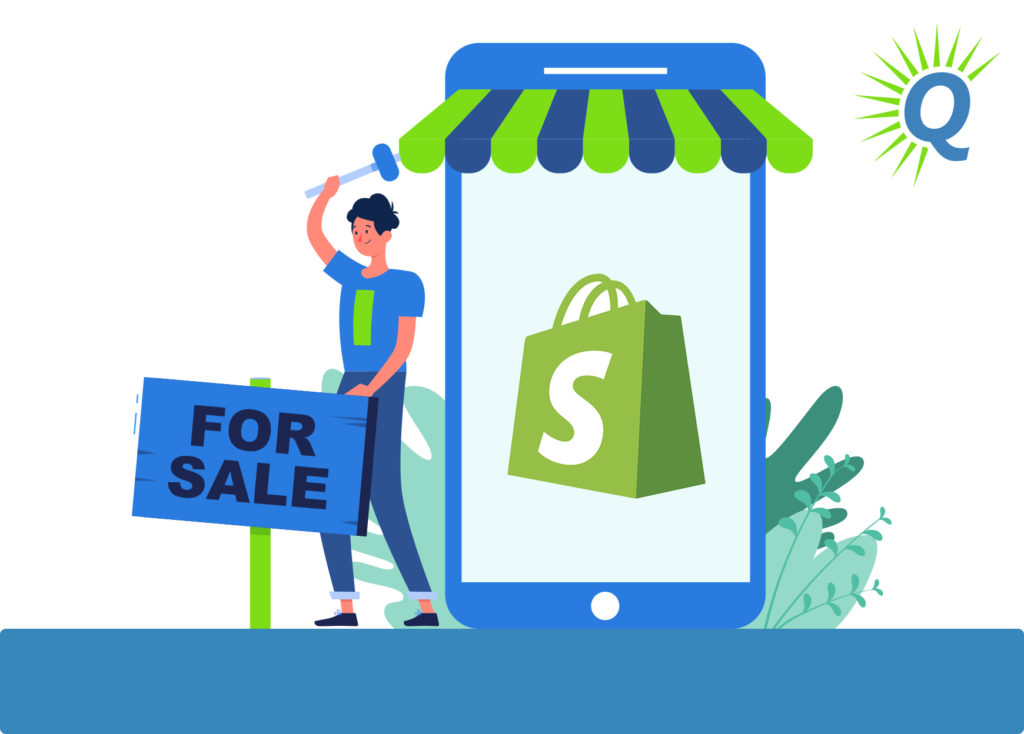

How to Sell Your Shopify Store [Definitive Guide]
By Quiet Light
The unprecedented growth of online sales has created enormous opportunities for entrepreneurs who build successful Ecommerce businesses. With a thriving acquisition marketplace and an abundance of resources at your fingertips, now is a great time to explore the possibility of selling your Shopify store.
In this article, we address everything you need to know about selling Shopify businesses, including:
- Shopify business valuation
- Preparing for a successful exit
- Evaluating deals
- Knowing when the timing is right


How to Sell Your Shopify Store
There are several important steps to take when selling your Shopify store. These include:
- Getting a Valuation
- Signing an Engagement letter
- Creating your Marketing Package
- Listing your Business for Sale
- Receiving and Negotiating Offers
- Completing a Letter of Intent
- Conducting Due Diligence
- Completing an Asset Purchase Agreement
- Closing
- Training and transition
Thinking of Selling Your Business?
Get a free, individually-tailored valuation and business-readiness assessment. Sell when you're ready. Not a minute before.
How to Value a Shopify Store
Like most online businesses, Shopify stores are typically valued using the ‘SDE Multiple Method.’
As the term implies, the SDE Multiple valuation formula has two primary elements: SDE and the multiple.
SDE stands for Seller’s Discretionary Earnings and is the pre-interest and pre-tax profits that a business generates before accounting for non-cash expenses, one-time investments, owner’s benefit, and any non-related discretionary expenses or income. In other words, SDE is the total amount of money that the business generates for a single owner.
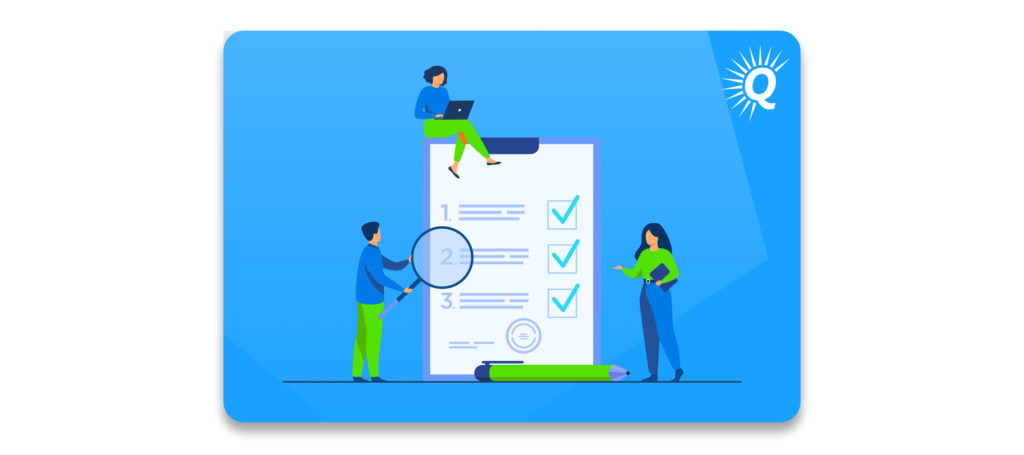

Once you’ve determined your SDE, you then multiply by the multiple. For example, if your Shopify business generates $400,000 in SDE and is valued at a 3x multiple, it is worth $1.2 million ($400,000 x 3 = 1.2M).
Four primary elements determine the multiple, including:
- Growth
- Risk
- Transferability
- Documentation
At Quiet Light, we call these elements the Four Pillars of Value. During the valuation process, a qualified business Advisor will examine all aspects of your business to determine where your business stands in regard to each of these Four Pillars to ultimately determine its value.
When working with a business brokerage firm, you’ll typically sign an Engagement Letter that spells out the seller/Advisor relationship terms.


Creating Your Marketing Package
Once you’ve received a valuation and picked a business Advisor, the next step is to create a marketing package to showcase your Shopify store. This marketing package is what you’ll show potential buyers interested in learning more about your business.
Your marketing package should provide buyers with a clear and comprehensive understanding of your Ecommerce business. Everything from your Shopify product line, acquisition strategies, email marketing metrics, and inventory costs should be spelled out in detail.
“Your marketing package should provide buyers with a clear and comprehensive understanding of your Ecommerce business.”
To create your marketing package, it’s essential to include monthly financial statements on an accrual basis. If you’re doing cash accounting, you’ll need to find a qualified Ecommerce bookkeeper to reconcile your books before proceeding.
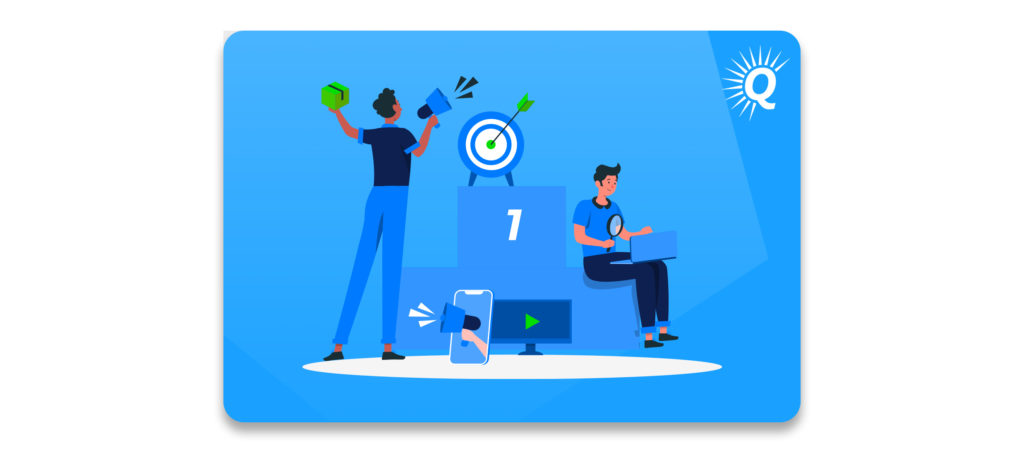

Listing Your Business For Sale
Listing your business for sale is an exciting experience. It’s the moment when your hard work and commitment are on display for the world to see. More than likely, if you’ve prepared correctly and have access to a large pool of buyers, you’ll soon have interested parties reaching out to speak with you.
If you’re working with a qualified business Advisor, you’ll gain immediate access to their network of qualified buyers. Additionally, a reputable Advisor provides instant credibility for your business listing. Unlike many exchange marketplace listings, a listing that is represented by an established Advisor is taken more seriously in the broader community of business investors.
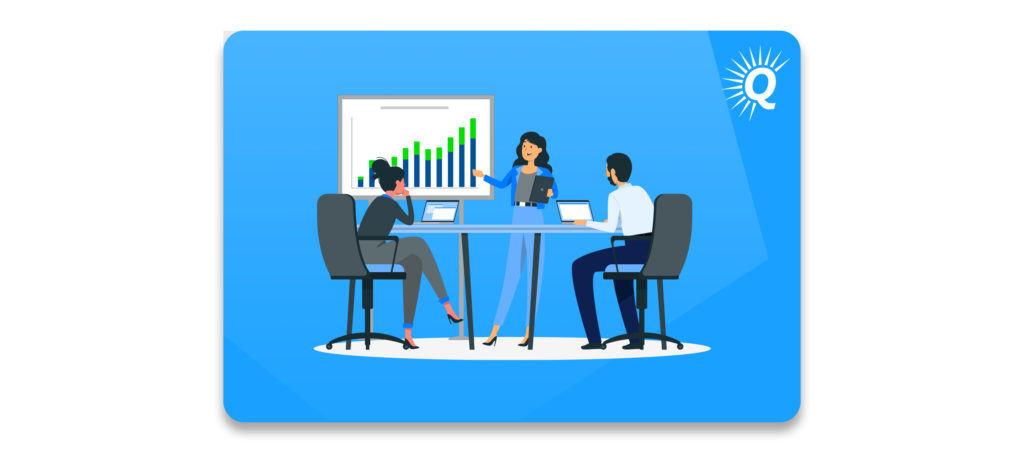

Receiving and Negotiating Offers
Once your business is live in the marketplace, you should attract buyers. If you’re working with an Advisor, they’ll present you with any interested parties who have inquired about your listing. If the interest is mutual, the next step is arranging a buyer/seller phone call.
“In addition to showcasing your business, you should also view buyer/seller calls as an opportunity to assess the buyers you speak with.”
During phone calls with buyers, they’ll seek to gain more information about your Shopify business. In all communications, you should be detailed, thorough, and honest. Remember, buyers aren’t just trying to size up your business; they’re also trying to get a feel for you. If you present yourself well and instill trust, that will go a long way.
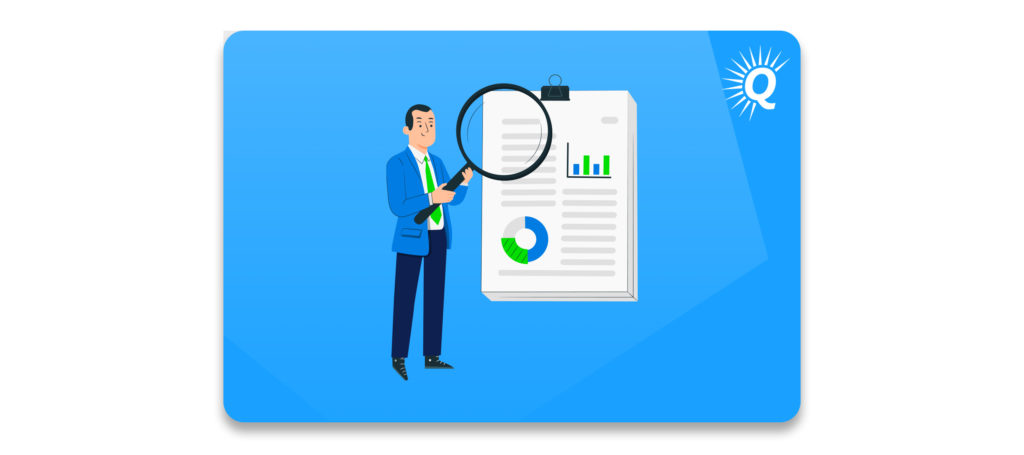

In addition to showcasing your business, you should also view buyer/seller calls as an opportunity to assess the buyers you speak with. As a seller, you should look for a buyer you believe has the skills and resources to succeed after the sale. Not to mention, you’re going to be engaging fairy rigorously with the person you sell to, so it’s best to find someone with whom you enjoy working.
Letter of Intent
After you’ve built rapport with a buyer (or several), the next step is to receive a Letter of Intent (LOI). The LOI should include the ‘outline’ of the proposed deal structure. The purchase price, payment terms, closing period, included assets, and other details should be clearly specified. In other words, the LOI is a document that spells out the buyer’s offer.
You can communicate your acceptance if you receive an LOI that you’re completely satisfied with. However, it’s also acceptable to discuss items you would like to change. It’s common for a period of negotiation for both parties to establish the deal. Of course, a qualified Advisor can help you out with evaluating deals and negotiating.
Buy a Profitable Online Business
Outsmart the startup game and check out our listings. You can request a summary on any business without any further obligation.
Due Diligence
Before completing the transaction and handing over the purchase funds, the buyer is going to want to verify the details of the business. After the APA is signed, the next step is due diligence.
“To help ensure that due diligence moves smoothly, it’s best to compile all of the necessary documentation beforehand.”
During due diligence, the buyer will review all sensitive business and financial information. Typically, due diligence items can include bank statements, ad account reports, Shopify POS and Shopify payments reports to verify your Shopify sales, Google analytics and Google trends reports, other third-party reporting sources, Shopify shipping reports, Facebook ads reports, Amazon Seller Central reports (if appropriate) if your business sells through the Amazon sales channel. Essentially, as the seller, you should be prepared to provide any and all third-party documentation to verify the net profit and other claims you’ve made regarding your online business.
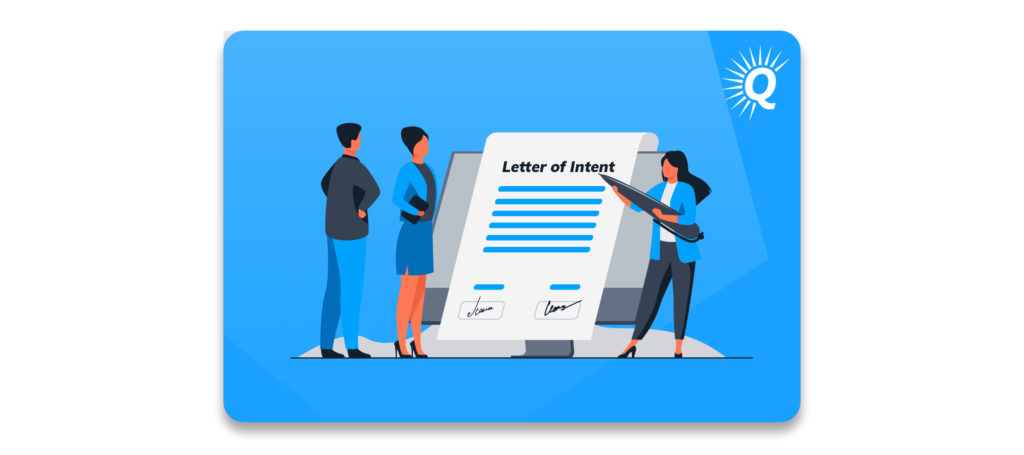

To help ensure that due diligence moves smoothly, it’s best to compile all of the necessary documentation beforehand. If you can create a folder with the seller’s requests, it will make the entire process much easier for both parties.
Asset Purchase Agreement
The Asset Purchase Agreement (APA) is the master of all documents in the acquisition process and includes all details concerning the deal.
Typically, the APA is based on the LOI, although additional details are often included to provide legal protection for both parties. The APA is a legally binding document that should always be carefully crafted and reviewed by qualified attornies who are familiar with the business acquisition process. When both parties sign the APA, the deal is in full motion.
“The Asset Purchase Agreement (APA) is the master of all documents in the acquisition process and includes all details concerning the deal.”
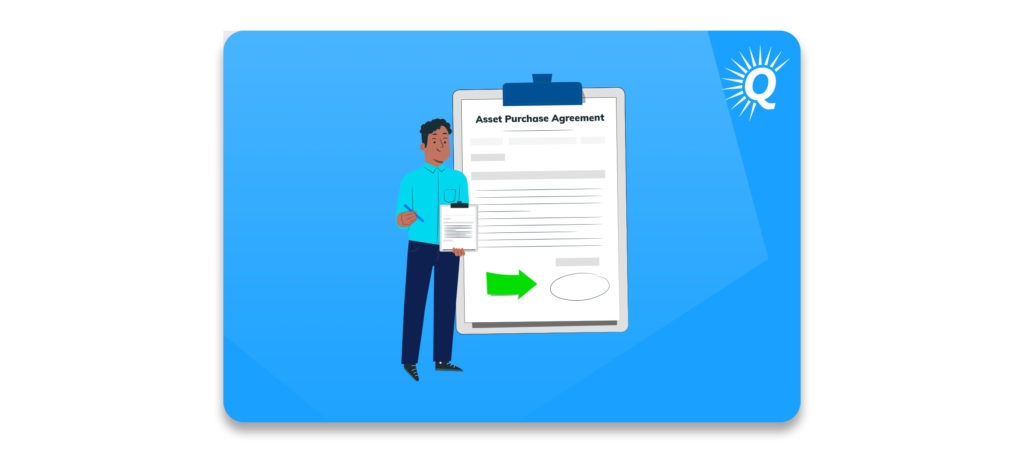

Closing the Deal
You’ve listed your business for sale, completed due diligence, and negotiated a purchase agreement. Now, it’s time to cross the ‘finish line’ and close the deal.
To complete the transaction, the buyer must transfer the purchase funds into an escrow account held by the escrow agent. Once the escrow agent confirms that the funds have been transferred, you can proceed with transferring the business assets to the buyer.
Like most online businesses, transferring ownership of a Shopify store typically involves transferring a variety of online accounts. Generally, you’ll need to transfer your ad accounts, domain names, email lists, and of course, your Shopify account. As mentioned, all transferred assets should be clearly specified in the Asset Purchase Agreement.


Once the buyer confirms that they’ve received the assets, the escrow agent releases purchase funds. This is the moment when the money hits your bank account! While you should certainly celebrate when the deal is closed, your role isn’t entirely complete.
Transition and Training
In most cases, there’s a period of 30 to 90 days in which you must help train and advise the new owner. In certain situations, the period can be longer.
During the training period, you should be available to educate the buyer and answer any questions that arise. If the buyer is an advanced Shopify business expert, this process might be pretty limited and quick. However, if they’re not familiar with running online businesses or your business is complicated to manage, the process may be more involved and lengthy.
“During the training period, you should be available to educate the buyer and answer any questions that arise.”
If your deal involves a holdback or stability payment, you may not receive the total purchase price until the training period is complete. Once it is, you can fully move on to your next adventure.
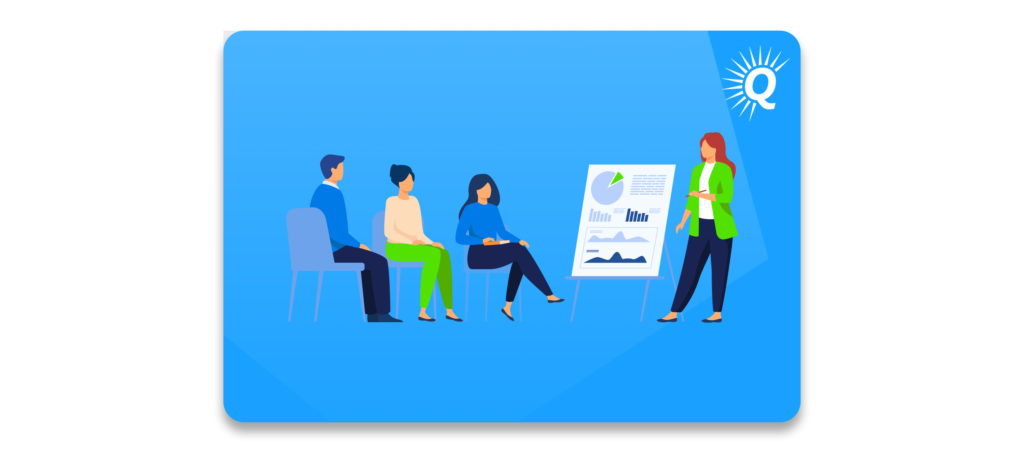

Where to Sell Your Shopify Store
You can take a few different approaches when selling your Shopify store (or multiple Shopify stores). These fall into two main categories:
- Selling directly to a buyer
- Working with a Business broker
Selling Directly to a Buyer
There are several ways to sell directly to a buyer without a third-party broker. If you have an extensive network of fellow Shopify sellers and investors, it’s possible you can find a buyer whom you already know.
The ‘pros’ of that option are that you won’t need to pay a commission. However, you’ll only have access to a relatively small pool of buyers, so you won’t truly know what other opportunities exist. Additionally, you won’t have the benefit of receiving a professional valuation to ensure you’re earning what your business is actually worth.
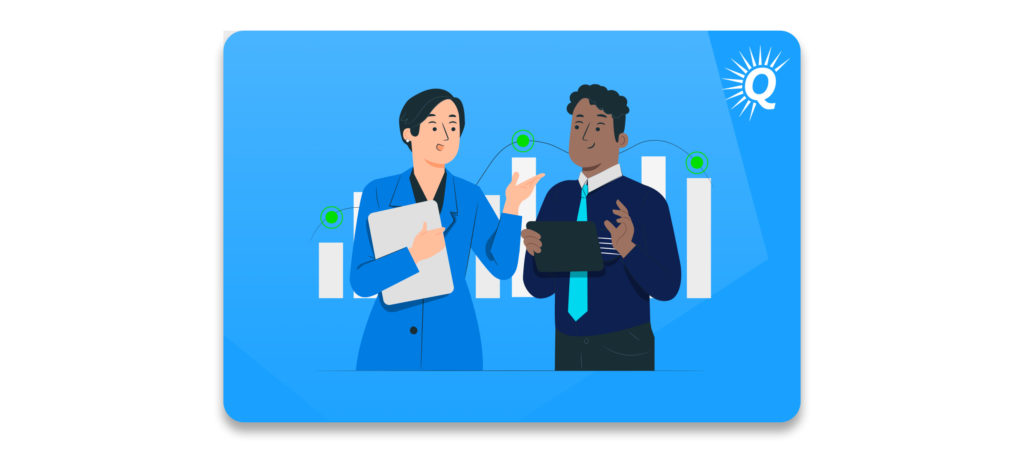

Another option is to list your business for sale on one of the online marketplaces that cater to business acquisitions. While this route can make sense for smaller businesses (<$100,000), you’ll generally be working with ‘lower quality’ buyers. In other words, people who aren’t actually serious or don’t have the funds or skillset. And like with selling within your network, you still won’t have a fully informed understanding of your business’s true value.
Working with a Qualified Business Advisor
When you work with a qualified business broker, you can rest assured that your business is valued at its true worth. This means you’re not risking leaving money on the table by miscalculating SDE, forgetting important addbacks, or neglecting high-leverage opportunities that increase your business’s value.
Additionally, a qualified broker can provide instant access to a wide pool of high-quality buyers. This alone is invaluable in helping you find the right person to take over your e-commerce business.
When you work with an Advisor, you do need to pay a commission. However, if you have a successful store, the increased purchase price, deal terms, and confidence you gain can more than compensate for the fee you pay.
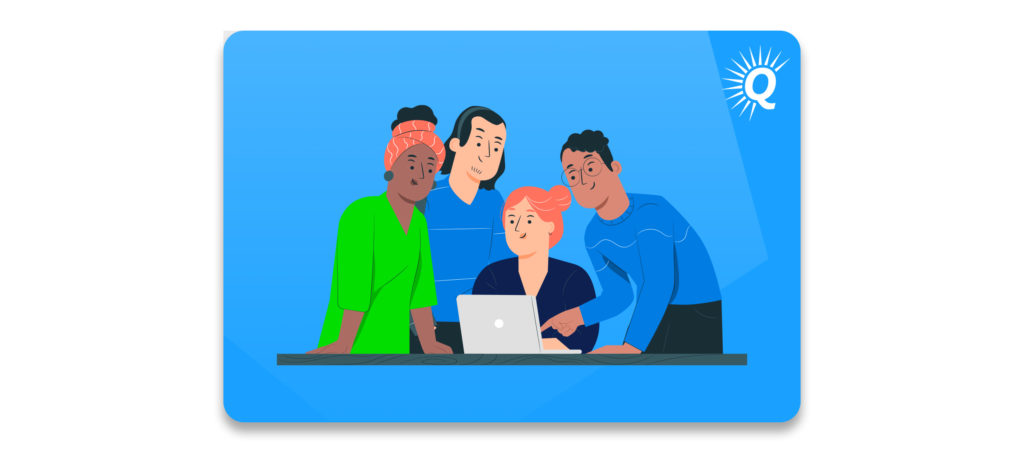

How to Decide Who to Sell your Shopify Store To
Receiving a high purchase price and deal terms are important, but so is selling to the appropriate party. When evaluating offers on your Shopify business, there are a few key elements you should pay attention to, including:
- Skills and experiences
- Trust and goodwill
- Offer and deal terms
Evaluate the Buyer’s Skills and Experiences
As an online store owner, you want to be sure you’re selling your Shopify store to someone who has the ability to succeed following the sale. This is especially true if the deal involves an earnout, holdback, or a seller note.
During phone calls with the buyer, be sure to ask them questions that reveal their skills and experiences that can help them succeed. Are they a Shopify expert who has previous experience with multiple stores on the Shopify platform? What about social media or Google ad management expertise? Do they know how to turn a product idea into a successful launch? Looking for answers to these questions can help you identify which potential buyers have what it takes when it comes to scaling business operations.
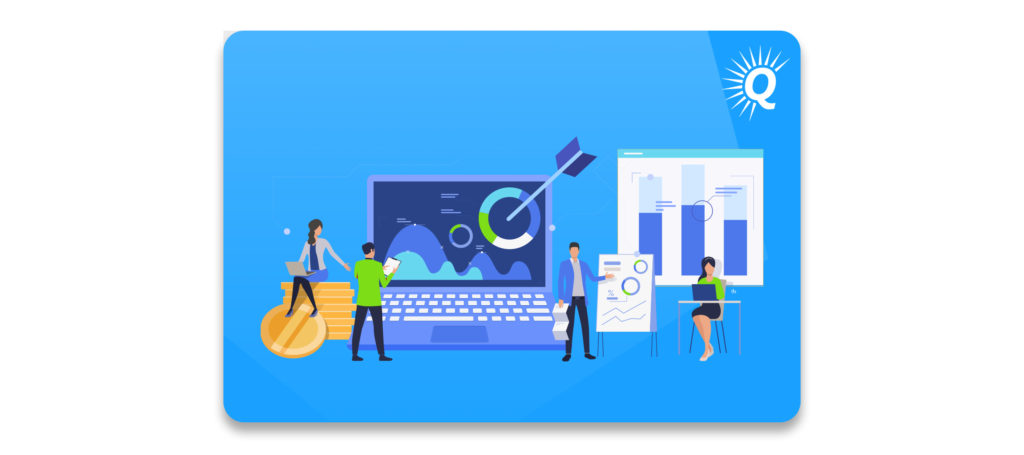

The Importance of Trust and Goodwill
There are different ways to conduct business, and it’s always best to work with honest and transparent people. Even though you’ll have contracts in place to protect your interests, it’s important to find a buyer whom you feel good about.
When you build trust and rapport with a buyer, the process is less stressful and more enjoyable. Therefore, pay attention to signs that you’re dealing with an upstanding business person, as well as the contrary. For many Shopify sellers, it’s critical for a buyer to genuinely care about maintaining the values and identity of the brand they’ve created.
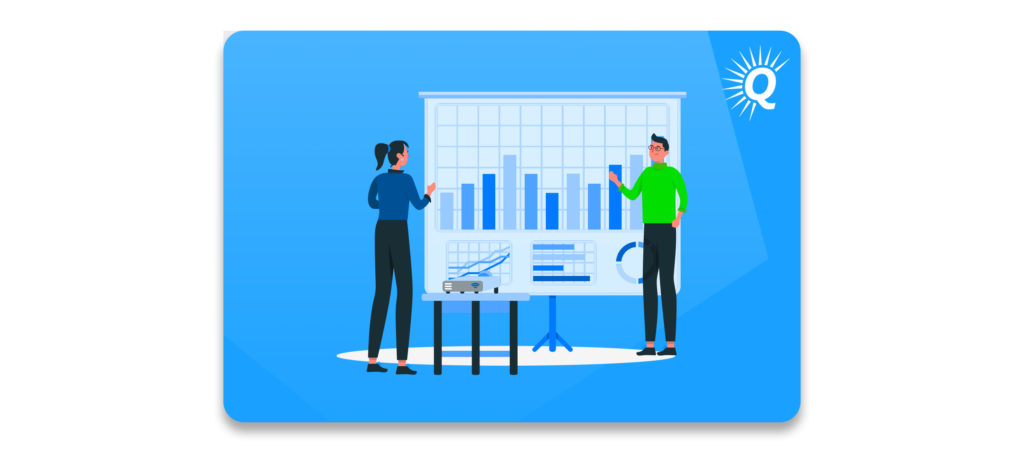

If a potential buyer doesn’t ask a single question about your Shopify business’s story, you may want to consider passing them by. On the other hand, if you can tell that they are fascinated with your brand’s ethos and intend to grow what you’ve built, you might want to explore the possibility of selling to them.
Considerations for Selling Your Shopify Store
So far, we’ve talked about how to go about selling your Shopify store. However, before diving into the process, it’s important to take a step back and ask yourself a few critical questions:
- Is your business ready to be sold?
- What are you seeking to achieve by selling your Shopify store?
When to Sell Your Shopify Business
Too often, business owners decide to sell when they want to sell rather than when their businesses are truly ready. If you don’t plan ahead, selling your Shopify store for maximum value can be challenging.
In general, it’s wise to understand the value at least 12 months before you want to sell your business. By doing so, you’ll be able to know what activities you should focus on to improve the worth of your Shopify store.
“Too often, business owners decide to sell when they want to sell rather than when their businesses are truly ready.”
In some cases, the valuation process reveals easy growth opportunities, such as selling on Amazon, that can dramatically increase your SDE. In other situations, you might learn that your documentation and financial management practices require a significant overhaul to be presentable to interested buyers. Regardless of where you’re at, a valuation can shed light on where you should concentrate your efforts. In certain situations, an owner learns that bringing on extra Shopify capital is the right route to take.


When you plan ahead as an owner, it’s easier to sell your business at a time when your growth trends are positive, and your recordkeeping is in order. Not only will that enable you to receive a higher purchase price, but it will also help ensure that the transition process is as smooth as possible.
What Are Your Goals?
As an owner, the decision to sell your Shopify store is a highly personal one. It affects your family, your career, and your personal finances. Therefore, it’s important to think deeply about what your goals are and why you want to sell. The answers to these questions will inform what kind of offer and deal structure is best for you.
Suppose your primary goal is to free up time and energy to pursue a Shopify alternative. In that case, you’ll want to negotiate a deal in which you aren’t managing the daily business operations. If your primary goal is to maximize your long-term returns, you may want to maintain equity in the business and let it grow under someone else’s leadership.
Determining your goals upfront allows you to evaluate offers and negotiate with greater purpose. When you combine that with a clear understanding of the process of selling your Shopify store, you’ll be in a great position to navigate a deal that allows you to accomplish your exit goals.
Thinking of Selling Your Business?
Get a free, individually-tailored valuation and business-readiness assessment. Sell when you're ready. Not a minute before.





